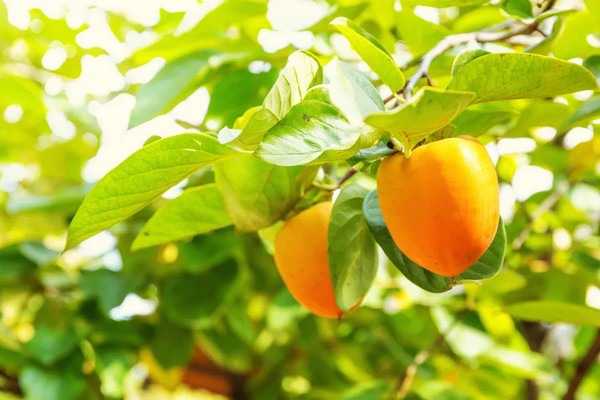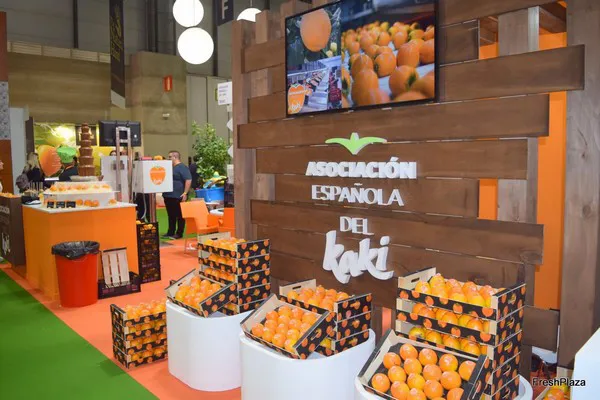The Spanish Rojo Brillante kaki campaign is expected to start around September 20. Last year's disastrous commercial results, which coincided with a record harvest, caused the uprooting of around 6% of the planted area. This year, yields are almost 20% lower than last season. Moreover, the presence of pests in this crop is increasing and more difficult to control, which could reduce the total volumes even more.

"At this time, and pending confirmation of production losses due to pest issues, which could range between 10 and 15%, the production potential is 347 million kilos, compared to the more than 450 million kilos obtained last year,” says Pascual Prats, president of the Spanish Kaki Association. "The production could therefore be more than 30% lower this year."
"Kakis are increasingly affected by pests every year, which is leading to us carrying out more treatments, resulting in higher production costs. Also, the products authorized for these pests, especially for those raising the most concerns, like cotonet, are not very effective. We need the help of the Valencian Council of Agriculture, but it appears that they are fully focused on organic farming, forgetting about conventional agriculture, which is the one that generates the most jobs,” says Pascual Prats.
Since there are fewer fruits per tree, the prospect is that the sizes will be larger and that the fruit will have a better appearance. "The truth is that the quality requirements of large distribution chains are increasingly demanding, especially when compared with the parameters of ten years ago. They want perfect fruits from us, without any stains, as if they were billiard balls," he says. "We believe that we'll be able to get good prices this year, although there is uncertainty about the impact that the health crisis may have on the fruit's marketing."
The Spanish Kaki Association hopes to persuade the companies that are part of it to jointly buy masks, sanitizing gels and other PPE, as well as material for PCR analysis, in order to start the kaki campaign with full safety guarantees and avoid outbreaks.

Spanish kaki could gain access to the Peruvian market this year
“We hope to reach an agreement with the Peruvian authorities this year so that we can make the first kaki and citrus shipments to Peru, where there is growing interest in this fruit. Due to the health crisis, the trip of the technicians of the National Agrarian Health Service (SENASA) of Peru has been held back, but we will surely be able to close an export protocol without the need for these visits. In about 30 days we'll get the results,” says Pascual Prats. “We hope to gain access to this market. It is worth recalling that Peru has already made its first kaki shipment to Spain this year.”
Need for new markets and advances in preservation
“Due to their proximity and the fact that we have been shipping other products for decades, our main markets are in Europe, which accounts for 80% of our kaki exports. In the first years of kaki cultivation in Spain, it was not necessary to expand outside Europe, but in recent years, the production has grown and, therefore, there's a greater need to ship overseas, despite the fact that this sometimes entails risks. It is important that the European market does not become saturated and that prices do not collapse. However, the COVID-19 crisis will not facilitate the opening of new markets. Negotiations with China, for example, have ground to a complete halt since the pandemic started."
In order to allow kaki exports to continue expanding overseas, studies are being carried out to improve the fruit's preservation. “We acknowledge that there's still plenty of room for improvement when it comes to preservation. We still have a lot to learn, especially when it comes to shipments that need 30 days or more to arrive.”
For more information:
Pascual Prats
Spanish Kaki Association
+34 610290137
pascual.prats@hotmail.com
aekaki.es
